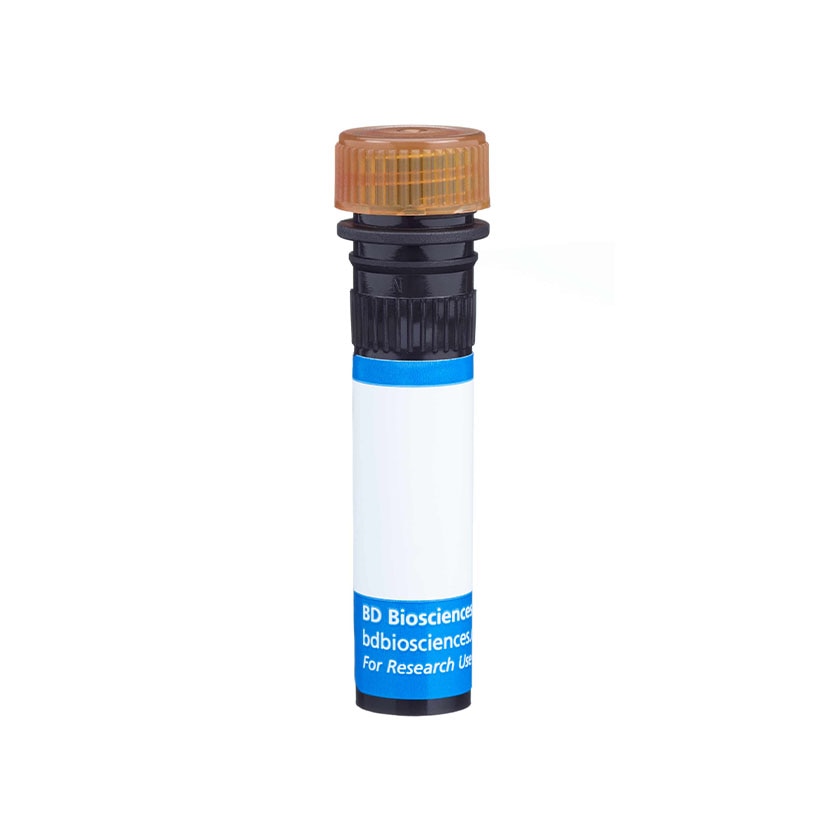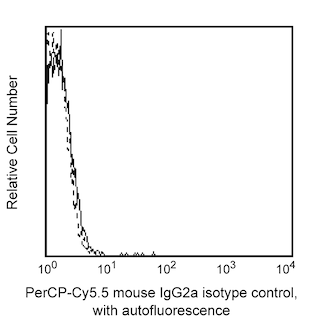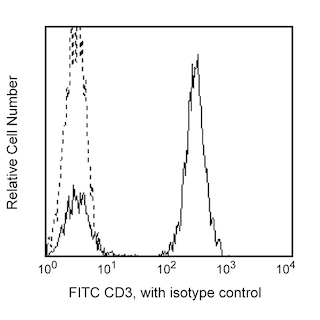-
抗体試薬
- フローサイトメトリー用試薬
-
ウェスタンブロッティング抗体試薬
- イムノアッセイ試薬
-
シングルセル試薬
- BD® AbSeq Assay
- BD Rhapsody™ Accessory Kits
- BD® OMICS-One Immune Profiler Protein Panel
- BD® Single-Cell Multiplexing Kit
- BD Rhapsody™ TCR/BCR Next Multiomic Assays
- BD Rhapsody™ Targeted mRNA Kits
- BD Rhapsody™ Whole Transcriptome Analysis (WTA) Amplification Kit
- BD® OMICS-Guard Sample Preservation Buffer
- BD Rhapsody™ ATAC-Seq Assays
- BD® OMICS-One Protein Panels
-
細胞機能評価のための試薬
-
顕微鏡・イメージング用試薬
-
細胞調製・分離試薬
-
- BD® AbSeq Assay
- BD Rhapsody™ Accessory Kits
- BD® OMICS-One Immune Profiler Protein Panel
- BD® Single-Cell Multiplexing Kit
- BD Rhapsody™ TCR/BCR Next Multiomic Assays
- BD Rhapsody™ Targeted mRNA Kits
- BD Rhapsody™ Whole Transcriptome Analysis (WTA) Amplification Kit
- BD® OMICS-Guard Sample Preservation Buffer
- BD Rhapsody™ ATAC-Seq Assays
- BD® OMICS-One Protein Panels
- Japan (Japanese)
-
Change country/language
Old Browser
Looks like you're visiting us from United States.
Would you like to stay on the current country site or be switched to your country?
BD Pharmingen™ PerCP-Cy™5.5 Mouse Anti-Human CCR10
クローン 1B5 (RUO)

Two-color flow cytometric analysis of human CCR10 expression on human peripheral blood lymphocytes. Whole blood was treated with BD PharmLyse™ Lysing Buffer (Cat. No. 555899) to lyse erythrocytes. After washing, the leucocytes were then stained with FITC Mouse Anti-Human CD3 antibody (Cat No. 555332/561806/561807) and either PerCP-Cy™5.5 Mouse IgG2a, κ Isotype Control (Cat. No. 550927; Left Panel) or PerCP-Cy™5.5 Mouse Anti-Human CCR10 antibody (Cat. No. 564772; Right Panel). Two-color flow cytometric contour plots showing the correlated expression of CCR10 (or Ig Isotype control staining) versus CD3 were derived from gated events with the forward and side light- scatter characteristics of viable lymphocytes. Flow cytometric analysis was performed using a BD LSRFortessa™ Cell Analyzer System.


Two-color flow cytometric analysis of human CCR10 expression on human peripheral blood lymphocytes. Whole blood was treated with BD PharmLyse™ Lysing Buffer (Cat. No. 555899) to lyse erythrocytes. After washing, the leucocytes were then stained with FITC Mouse Anti-Human CD3 antibody (Cat No. 555332/561806/561807) and either PerCP-Cy™5.5 Mouse IgG2a, κ Isotype Control (Cat. No. 550927; Left Panel) or PerCP-Cy™5.5 Mouse Anti-Human CCR10 antibody (Cat. No. 564772; Right Panel). Two-color flow cytometric contour plots showing the correlated expression of CCR10 (or Ig Isotype control staining) versus CD3 were derived from gated events with the forward and side light- scatter characteristics of viable lymphocytes. Flow cytometric analysis was performed using a BD LSRFortessa™ Cell Analyzer System.

Two-color flow cytometric analysis of human CCR10 expression on human peripheral blood lymphocytes. Whole blood was treated with BD PharmLyse™ Lysing Buffer (Cat. No. 555899) to lyse erythrocytes. After washing, the leucocytes were then stained with FITC Mouse Anti-Human CD3 antibody (Cat No. 555332/561806/561807) and either PerCP-Cy™5.5 Mouse IgG2a, κ Isotype Control (Cat. No. 550927; Left Panel) or PerCP-Cy™5.5 Mouse Anti-Human CCR10 antibody (Cat. No. 564772; Right Panel). Two-color flow cytometric contour plots showing the correlated expression of CCR10 (or Ig Isotype control staining) versus CD3 were derived from gated events with the forward and side light- scatter characteristics of viable lymphocytes. Flow cytometric analysis was performed using a BD LSRFortessa™ Cell Analyzer System.


BD Pharmingen™ PerCP-Cy™5.5 Mouse Anti-Human CCR10

Regulatory Statusの凡例
Any use of products other than the permitted use without the express written authorization of Becton, Dickinson and Company is strictly prohibited.
Preparation and Storage
Product Notices
- Since applications vary, each investigator should titrate the reagent to obtain optimal results.
- An isotype control should be used at the same concentration as the antibody of interest.
- Caution: Sodium azide yields highly toxic hydrazoic acid under acidic conditions. Dilute azide compounds in running water before discarding to avoid accumulation of potentially explosive deposits in plumbing.
- Please observe the following precautions: Absorption of visible light can significantly alter the energy transfer occurring in any tandem fluorochrome conjugate; therefore, we recommend that special precautions be taken (such as wrapping vials, tubes, or racks in aluminum foil) to prevent exposure of conjugated reagents, including cells stained with those reagents, to room illumination.
- PerCP-Cy5.5–labelled antibodies can be used with FITC- and R-PE–labelled reagents in single-laser flow cytometers with no significant spectral overlap of PerCP-Cy5.5, FITC, and R-PE fluorescence.
- PerCP-Cy5.5 is optimized for use with a single argon ion laser emitting 488-nm light. Because of the broad absorption spectrum of the tandem fluorochrome, extra care must be taken when using dual-laser cytometers, which may directly excite both PerCP and Cy5.5™. We recommend the use of cross-beam compensation during data acquisition or software compensation during data analysis.
- For fluorochrome spectra and suitable instrument settings, please refer to our Multicolor Flow Cytometry web page at www.bdbiosciences.com/colors.
- Cy is a trademark of GE Healthcare.
- Please refer to www.bdbiosciences.com/us/s/resources for technical protocols.
関連製品






最近閲覧済み
The 1B5 monoclonal antibody specifically binds to CCR10 (CC-chemokine receptor 10). CCR10 is a seven transmembrane domain G-protein-coupled receptor that is also known as GPR-2 (G-protein coupled receptor 2). CCR10 is expressed by cells that mediate epithelial immunity including a small subset of T memory cells, IgA-secreting B cells, dermal endothelial cells and fibroblasts. It is also expressed on EBV-immortalized B cells. Chemokines CCL27 and CCL28 are the ligands for CCR10. CCR10 reportedly not only functions in regulating the homing and function of cells that mediate epithelial immunity. It may also regulate the epithelial localization, survival, and proliferation of tumor cells and facilitate their evasion from immune surveillance.

Development References (6)
-
Homey B, Wang W, Soto H, et al. Cutting edge: the orphan chemokine receptor G protein-coupled receptor-2 (GPR-2, CCR10) binds the skin-associated chemokine CCL27 (CTACK/ALP/ILC). J Immunol. 2000; 164(7):3465-3470. (Biology). View Reference
-
Jaimes MC, Rojas OL, Kunkel EJ, et al. Maturation and trafficking markers on rotavirus-specific B cells during acute infection and convalescence in children. J Virol. 2004; 78(20):10967-10976. (Clone-specific). View Reference
-
Marchese A, Docherty JM, Nguyen T, et al. Cloning of human genes encoding novel G protein-coupled receptors. Genomics. 1994; 23(3):609-618. (Biology). View Reference
-
Pan J, Kunkel EJ, Gosslar U, et al. A novel chemokine ligand for CCR10 and CCR3 expressed by epithelial cells in mucosal tissues. J Immunol. 2000; 165(6):2943-2949. (Biology). View Reference
-
Soler D, Humphreys TL, Spinola SM, Campbell JJ. CCR4 versus CCR10 in human cutaneous TH lymphocyte trafficking. Blood. 2003; 101(5):1677-1682. (Immunogen: Flow cytometry). View Reference
-
Xiong N, Fu Y, Hu S, Xia M, Yang J. CCR10 and its ligands in regulation of epithelial immunity and diseases. Protein Sci. 2012; 3(8):571-580. (Biology). View Reference
Please refer to Support Documents for Quality Certificates
Global - Refer to manufacturer's instructions for use and related User Manuals and Technical data sheets before using this products as described
Comparisons, where applicable, are made against older BD Technology, manual methods or are general performance claims. Comparisons are not made against non-BD technologies, unless otherwise noted.
For Research Use Only. Not for use in diagnostic or therapeutic procedures.

